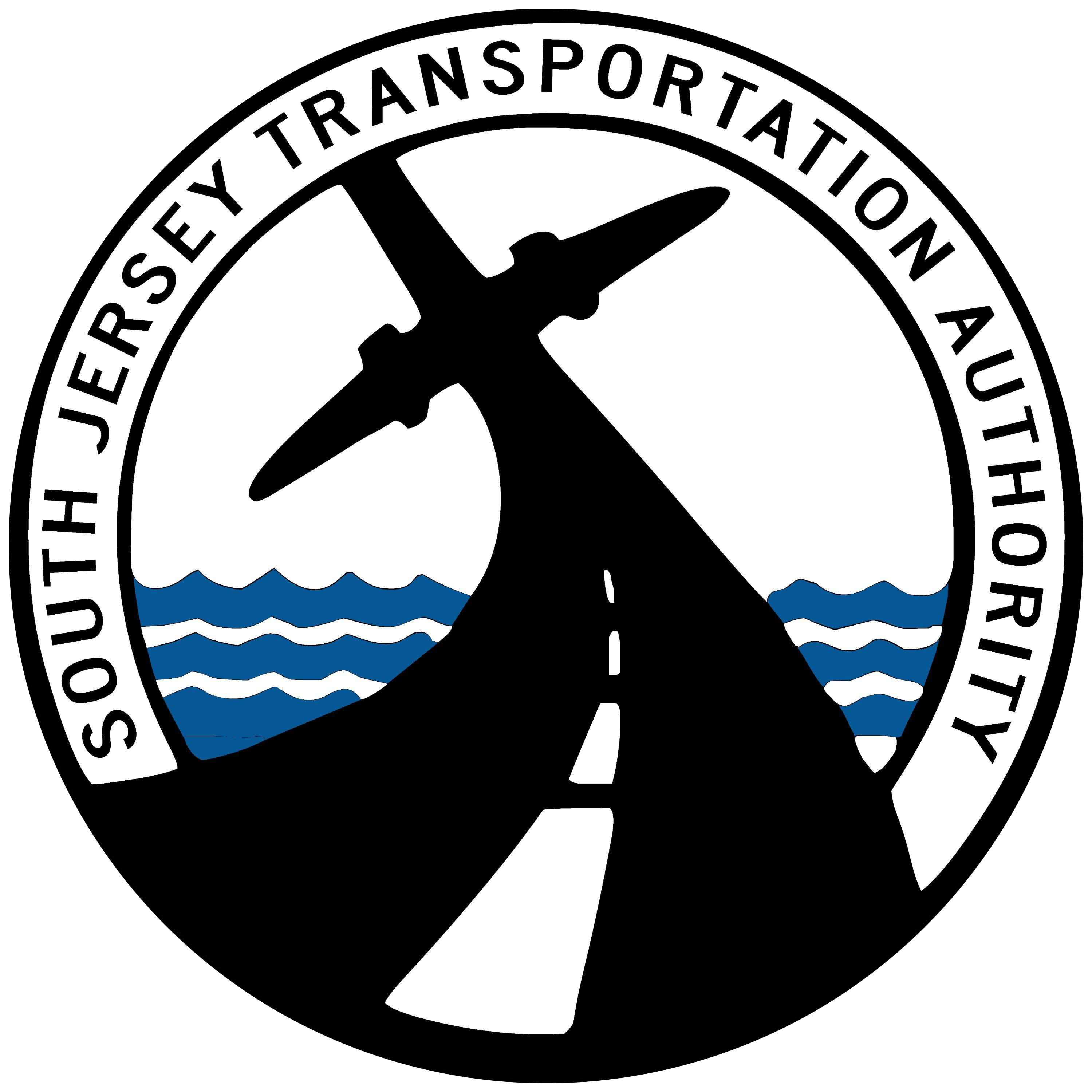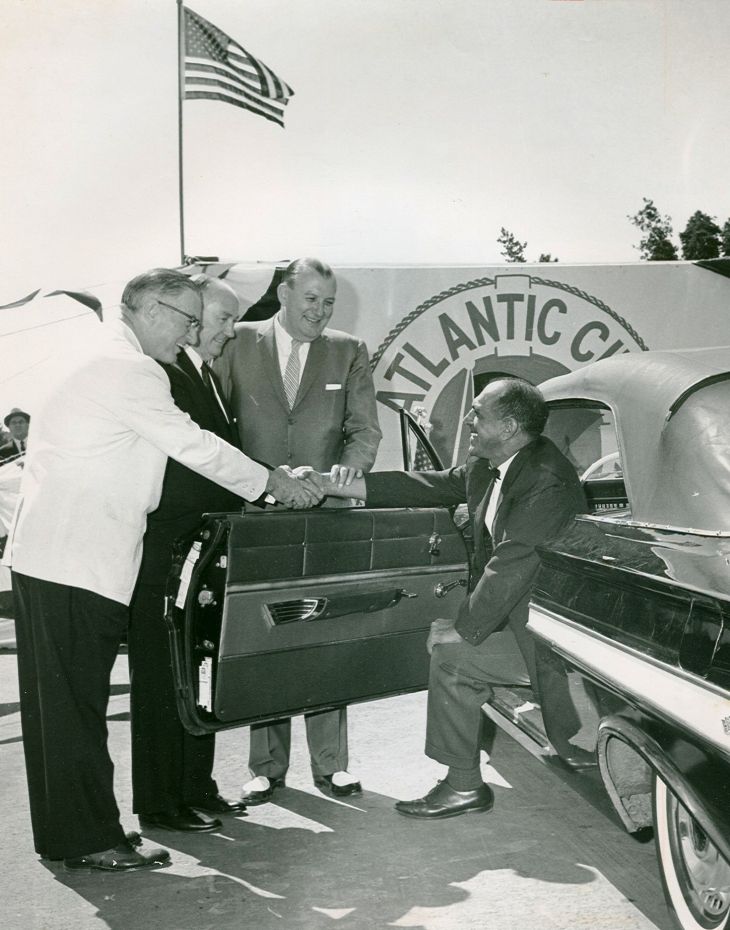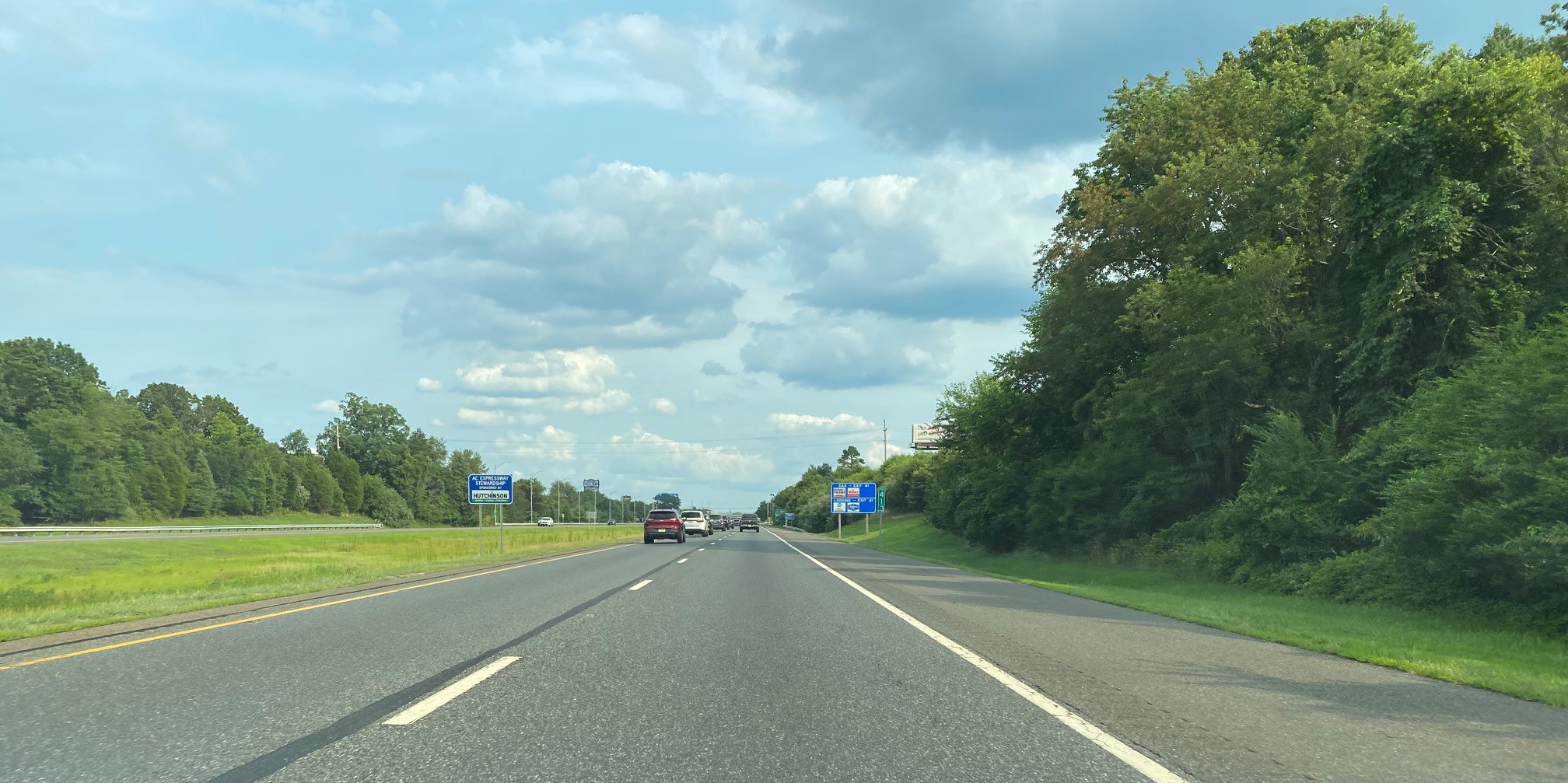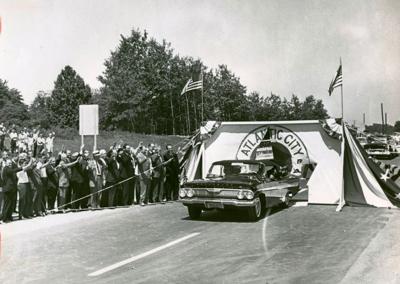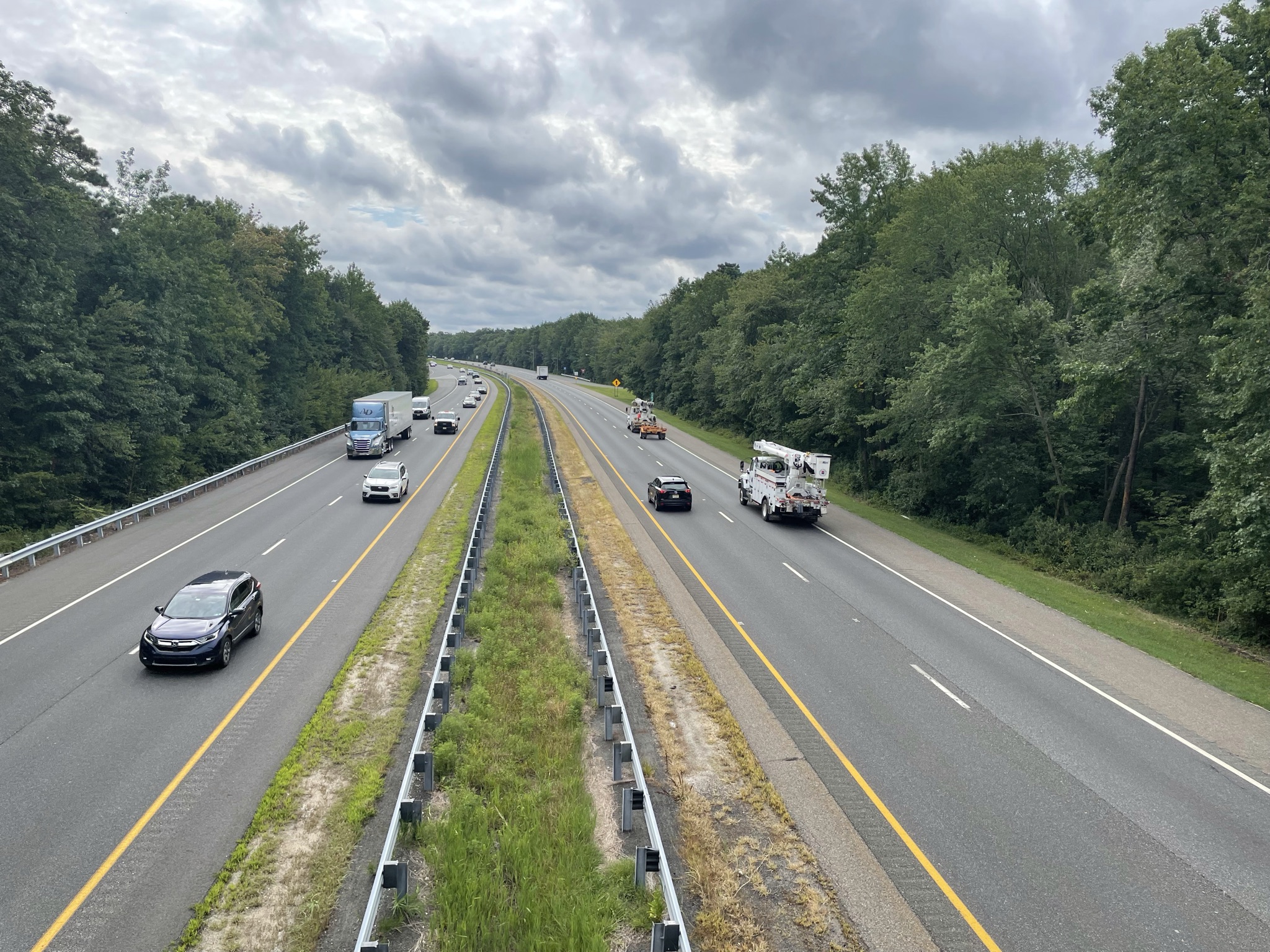Project Overview
The Atlantic City Expressway (ACE) was constructed from 1962 to 1965. The ACE was previously widened from the eastern limit to milepost (MP) 31.6.
SJTA completed a Concept Development (CD) Study to investigate widening the ACE to accommodate a third-lane in each direction from milepost 31.6 (Interchange 31) to the western terminus at State Route 42 milepost 44.2 (Interchange 44). Upon the completion of this project, the entire ACE corridor will be a continuous three lane section. The project will include the improvement of two mainline bridges over Route 42 and the Great Egg Harbor River. The proposed project is located in Washington Township, Gloucester County, and Gloucester and Winslow Township, Camden County, NJ.
Purpose & Need
The purpose of the project is to improve the overall traffic operations and general safety along the Atlantic City Expressway (ACE) corridor while aiming to minimize environmental, right-of-way, and structural impacts. Input will be obtained in accordance with the established Public Involvement Action Plan from the traveling public, stakeholders, and local officials.
The need for the project is to alleviate the recurring congestion, particularly during the peak summer periods, which has resulted in an excessively high number of rear-end and side-swipe crashes. The project will improve safety, mitigate existing geometric deficiencies, and maintain a state of good repair for this essential transportation connection.
Goals & Objectives
Overall Project Schedule by Phases
Concept Development (CD) Study
The goal of the CD Study is to develop alternatives for the project. Ultimately, the CD study will recommend and select the Preliminary Preferred Alternative (PPA) that will improve the overall traffic operations and general safety along the corridor while minimizing environmental, right-of-way, and structural impacts.
Preliminary Engineering (PE) Phase
The PE Phase involves performing engineering tasks and technical environmental studies. The major objective of the PE Phase is to further develop and refine the PPA with the details necessary to secure the approval of the environmental document. This phase also obtains input from the community through a public information center.
Final Design (FD) Phase
The FD Phase includes continuing and completing tasks started during the PE Phase, such as roadway design, bridge design, right-of-way and access engineering, utility engineering, environmental permits and clearances, risk management and community outreach.
The major objective of the FD Phase is to produce the project’s construction contract documents (i.e., final plans, specifications, and cost estimate) for use in soliciting bids from prospective contractors. This requires the continuation and completion of environmental and engineering tasks initiated in the PE Phase.
Construction Phase
The primary objectives of the Construction Phase are to execute a contract and build the project using the contract documents developed during the FD Phase.
Project Progress
Initial Stakeholder & Public Information Center
Initial Public Comment Period
Selection of Preliminary Preferred Alternative
Environmental Clearances
Advance Preliminary Preferred Alternative
Conduct Preliminary Engineering
Continued Public Outreach & Involvement
Finalize Design and develop Construction Documents
Secure all Environmental Permits
Advertise, Bid and Award Contracts for Construction
Continued Public Outreach & Involvement
Implement & Complete Construction
No Long-Term Detours Anticipated
Two Lanes to be Maintained Each Way
Continued Public Outreach & Involvement
*Notes current phase of project.
